Search
Search Results

Image
Lodge of American Horse (the Elder) at Slim Buttes 1876
7th Cavalry Regiment guidon found at Slim Buttes fastened to the lodge of Chief American Horse. Although American Horse (the Elder) was not present at the Battle of the Little Bighorn, war trophies such as the guidon encouraged the destruction...
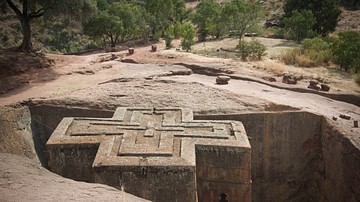
Definition
Kingdom of Abyssinia
The Kingdom of Abyssinia was founded in the 13th century CE and, transforming itself into the Ethiopian Empire via a series of military conquests, lasted until the 20th century CE. It was established by the kings of the Solomonid dynasty...

Definition
Kingdom of Benin
The Kingdom of Benin, located in the southern forests of West Africa (modern Nigeria) and formed by the Edo people, flourished from the 13th to 19th century CE. The capital, also called Benin, was the hub of a trade network exclusively controlled...

Image
Causes of the American Revolution
This infographic illustrates the Causes of the American Revolution (1765-1789) rooted in a growing sense of American identity and dissatisfaction with British policies. The colonies, long accustomed to self-governance under the system of...
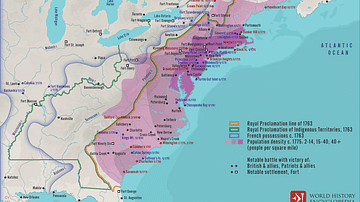
Image
American War of Independence, 1775 - 1783
A map illustrating the course and major events during the American War of Independence (also known as the American Revolutionary War or American Revolution) between 1775 and 1783 – an armed rebellion through which thirteen of Great Britain's...

Definition
Colonel Tye
Colonel Tye (c. 1753-1780) was an African-American Loyalist leader who commanded one of the most effective guerilla forces of the American Revolutionary War (1775-1783). Born into slavery, he escaped in 1775 and joined the British cause...

Image
The British-American War of 1812
This map illustrates the course of the War of 1812 (1812-1815), a conflict between the United States and Great Britain driven by trade restrictions, the impressment of American sailors, and disputes over territorial expansion. Native American...
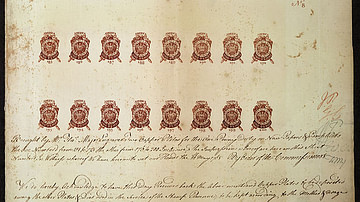
Definition
Stamp Act
The Stamp Act of 1765 was the first direct tax imposed on the 13 American colonies by the Parliament of Great Britain. It required the colonists to pay a tax on all printed materials including newspapers, legal documents, magazines, and playing...
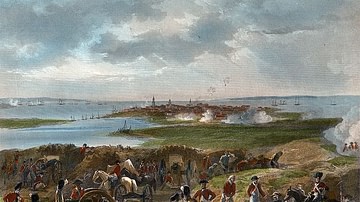
Article
Siege of Charleston
The Siege of Charleston (29 March to 12 May 1780) was a major military operation during the American Revolutionary War (1775-1783). Hoping to establish a foothold in the American South, British commander-in-chief Sir Henry Clinton led an...
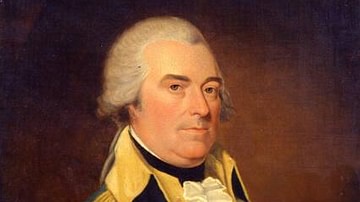
Definition
Anthony Wayne
Anthony Wayne (1745-1796), better known by his nickname 'Mad Anthony', was a brigadier general of the Continental Army during the American Revolutionary War (1775-1783). After the war, he briefly served in Congress before resuming his military...